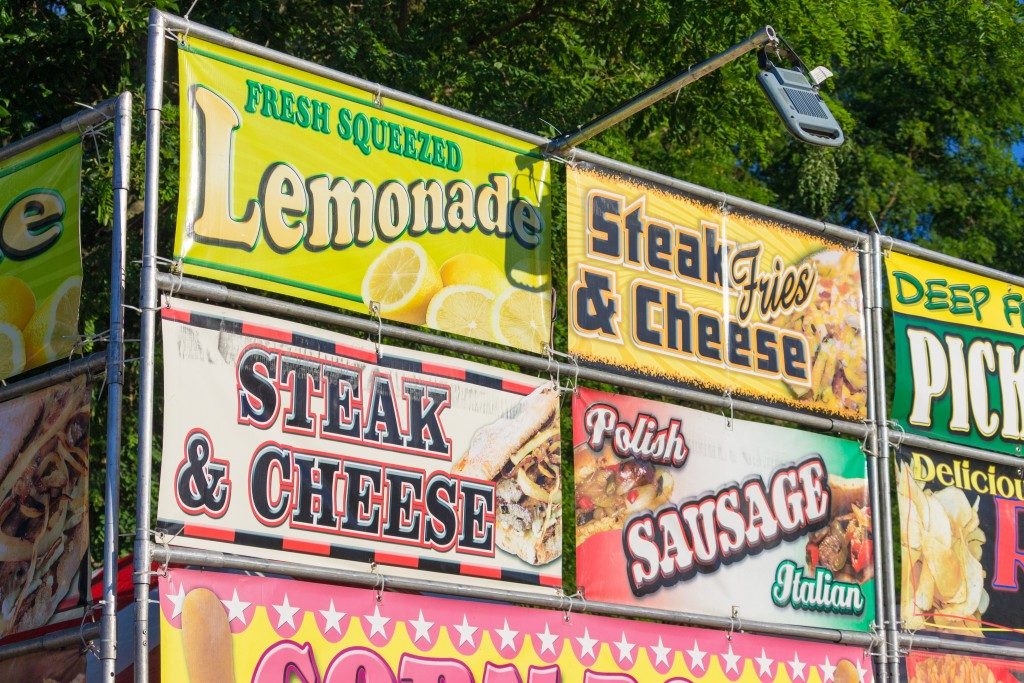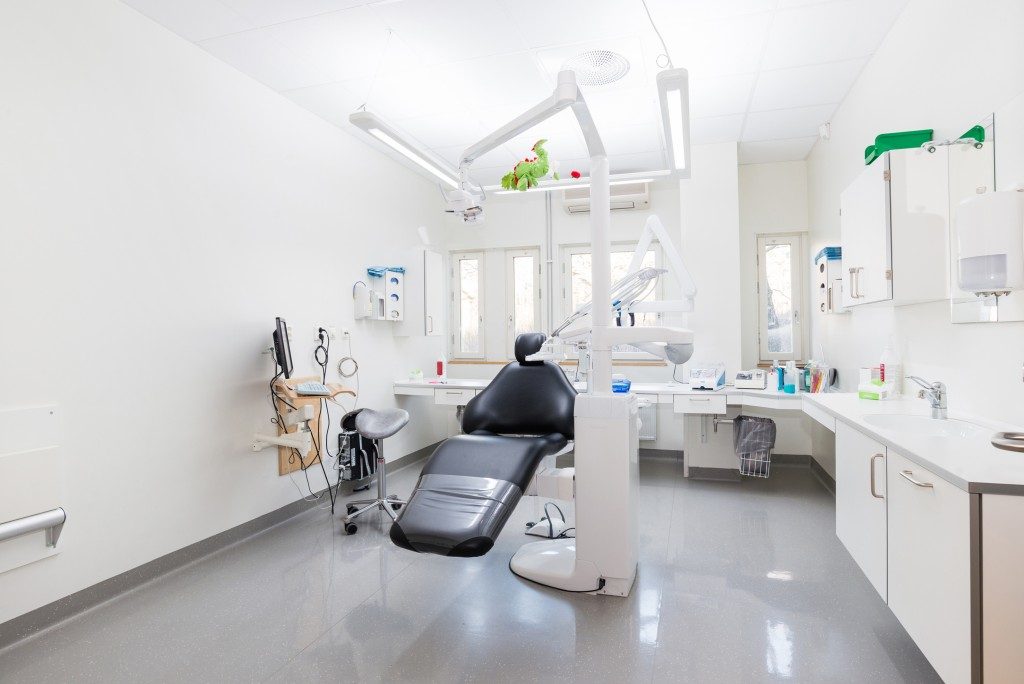There is a lot of weight on the proverbial shoulders of signage in bringing new business to brands. Every window sign or roll-up banner should be powerful and catchy enough to draw attention and bring customers to the door. As part and parcel of every retail company’s marketing efforts, it is essential to go beyond excellent large-printing services; all signs must be effective. Here are some best practices when it comes to signage:
1. Make Your Point Concisely
A good rule to follow is that if you cannot read what’s on a sign within five seconds, there’s room to trim it down and make it more concise. Approach the wordage in your signs like a journalist would with headlines. Your punch line matters, and its impact should be on your mind when you are drafting up any signage.
2. Appeal to Your Audience
Every business has a target market, and that should be apparent with how you design or draft up signage for your retail space. Understand the purpose of why customers are into your product or service and play around with that rationale. For instance, if you are running a salon, you might want a sign that appeals to your audience’s need and desire to look amazing. Use the right words, especially “you” and “your,” to emphasize what is on offer while making it about your audience as well. “You’ll look better than ever” has a nice ring to it compared to “get a new haircut” for a salon, right?
3. Focus on Readability
Signs are not only about words; these are also about design. When you draft up your signage, readability has to be a key focus. Remember that customers will spare only a few seconds of their time to look at it. In that brief window, they should be able to understand the message. If they cannot read what is on your sign, they will ignore it and move on. Make good choices with font and color combinations to ensure the effectiveness of your signage.
4. Design with Branding in Mind

There is no better way to showcase your brand identity other than through your signs. This creates consistency in your audience’s collective mind, and that further establishes your brand. Refresh your signs accordingly as well if you are planning a rebrand.
5. Think About Placement
What is the purpose of your sign, and where will you be placing it? Is it supposed to guide your customers around your store or make it known that you are running a promotion? Whatever your answer is, you have to place your sign in a location that aligns with that specific purpose. A chalkboard with menu items and specials right outside the restaurant works as a great way of stopping people and making them look at what they can eat there. That logic applies to any other business when it comes to signage and placement.
Overall, with these best practices, you can make your signage work every time, all the time.




